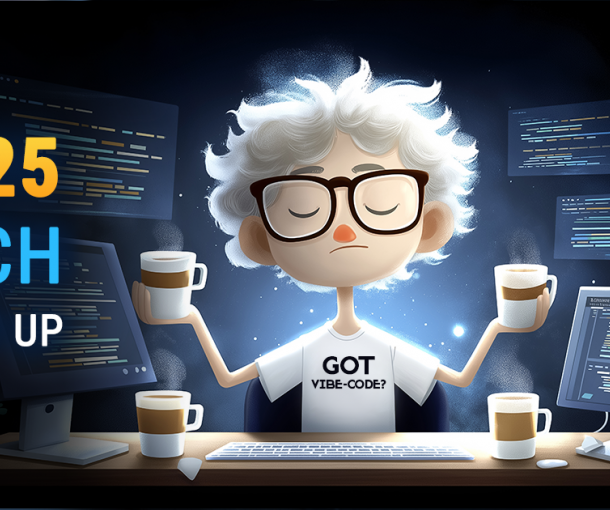
Twitter, Elon Musk, and a critical lesson for developers
OUTSIDE EXPERTS
Hidden in the rapid-fire series of headlines, tweets, kitchen sinks, and aborted verification checkmark introductions was a tiny tidbit of information around programming languages. When Mr. Musk first settled into Twitter’s San Francisco headquarters, CNBC reported he brought along a core team of software engineers and other staff from Tesla’s Autopilot autonomous vehicle team.
According to CNBC, Musk has tasked this team to review Twitter’s source code and begin planning for a revamp of the entire platform. It is this decision that deserves to be studied more closely by developers no matter who employs them or what kind of dev work they do.
Because unfortunately for Twitter, Twitter’s software environment is nothing like Tesla’s. The code that turns Tesla’s electric vehicles into supercomputers on wheels is radically different than the code that powers Twitter. Vehicles don’t need to support large-scale publicly facing search and platform services for millions of users concurrently. Tesla’s code also doesn’t have to accommodate regulatory requirements across multiple countries. Likewise, Twitter isn’t hooked up to a network of sensors measuring and responding to the surrounding environment at speed and in real-time.
Similarly, the two companies take a different approach to scripting, with Tesla using Python, and Twitter selecting Scala. Which means the tiger team from the car company entrusted with the high-priority social media code review may not have deep enough experience or environmental exposure to pull it off.
THE TAKEAWAY FOR DEVELOPERS
So, here’s some advice, offered with humility, for a Musk-owned Twitter that easily applies to any other development environment: bring in developers with domain knowledge. At the same time, take the time to assess what language or languages are being used – or should be used – for a given project. Then make sure the developers tasked with delivering the project are either trained up in the target environment, or have access to training and mentorship resources to raise their skills to an appropriate level. Finally, give them a starting point and vision to build toward – otherwise they’ll fail to understand how their work fits into the overall mission.
After job cuts that decimated every corner of the company, talent retention has become Twitter’s biggest challenge. Finding the right devs, for the right language, for the right functionality, is crucial if future-Twitter is going to realize some of the ideals Mr. Musk has recently shared via his feed. The very survival of Twitter depends on having the right developers with the right skillset and the right organizational support in place to fuel the transformation.
KEEP STAFF AUGMENTATION ON THE RADAR
The answer may not necessarily lie exclusively in Twitter’s internal complement, as the company’s need to adapt and scale, quickly, may exceed the capacity of the existing corps of developers. Despite Twitter’s latest round of large-scale content moderation contractor layoffs, staff augmentation could be a crucial opportunity for Mr. Musk to quickly build capabilities under the guidance of his core dev team.
By leveraging his carefully deployed contractor resources underneath their leadership, he could ramp up the pace of both innovation and delivery. This will be key to Twitter leaving the current market uncertainty behind and rebuilding for a very different, and lucrative future.
Given Mr. Musk’s outsized reputation and the white-hot coverage this story has generated, it’s easy to conclude none of this is relatable to any other company, or any other developer. But ultimately, the Twitter takeover is little different than any other corporate buyout. And no matter the organization, it’ll be the right developers with the right skills using the right tools working on the right projects who in the end hold the true power in any corporate transformation.


